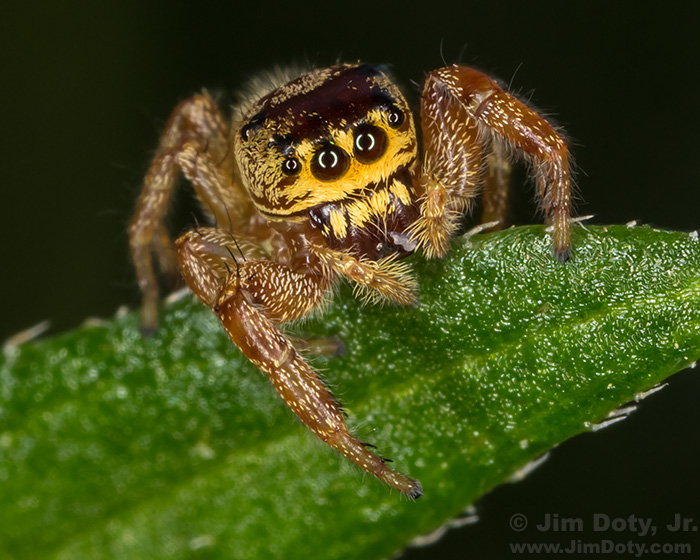
This jumping spider is one of my favorite closeup images. The full story story (with photos) behind this image is here and begins in a garden center and ends in my front yard.


This jumping spider is one of my favorite closeup images. The full story story (with photos) behind this image is here and begins in a garden center and ends in my front yard.
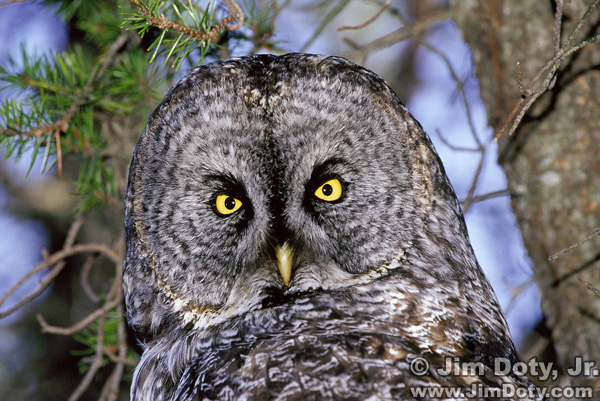
This is one of my all time favorite images. The whole story behind the capture of this image is here. I have several people to thank for providing me with the skills to create this image, one of the most important in terms of bird photography advice being Arthur Morris.
It was a beautiful winter morning and Bob (my brother-in-law and photo buddy) and I were up long before sunrise to capture the early morning light at the Grand Canyon. It was our good fortune that it had snowed a bit overnight. The light was beautiful. With the coming of the sun the snow disappeared, as did the magic of the light.
I was driving north on Vermont Highway 7A and came to this cemetery and chapel near Shaftsbury Vermont. Dark clouds were quickly coming in from the west and the sun was rising in the east.
Dorothea Lange, one of my favorite photographers, is famous for several iconic images, “Migrant Mother”, California, 1936, being one of the most famous.
You would think a windchill of 4° Fahrenheit (-16°C) would be too cold for a photo shoot, but not with some models. We booked this January shoot weeks in advance so we knew it would be cold, but we had no idea how cold until the day arrived. Here’s the story behind this image and how to work with a model (or anybody else) when it is so cold.
Cold and snow can cause a lot of damage to your camera gear. Something as simple as shooting outside and taking your camera inside your house or car can cause hidden damage that won’t show up until days or weeks later. The simple steps in this article could save you hundreds of dollars in repair bills.
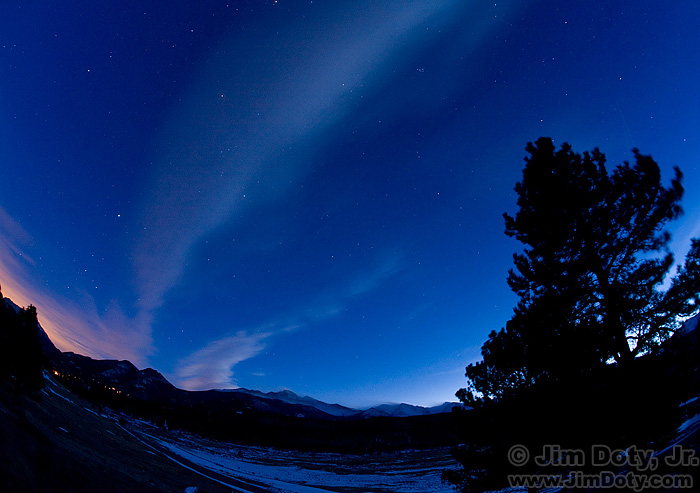
Twilight, Rocky Mountain National Park. Sirius, Canis Major, Orion, Taurus, the Hyades star cluster, and the Pleiades star cluster are all visible in the fading light. Click for a larger version.
You can photograph the night sky year around, but winter brings an added bonus: SNOW! When you don’t have the benefit of moonlight, most of the year land forms a dark to black silhouetted skyline against the night sky. In winter you have the possibility of including the highly reflective snow. You can see both in this photo. Any place not covered with snow is very dark to black. Having reflective snow is why winter is the favorite time of year for a lot of photographers to go out and photograph the night sky.
Just like metering daytime winter scenes, the key to metering evening winter scenes is knowing what to meter and deciding how much exposure compensation to use.
Metering dark toned wildlife in the snow is a major exposure challenge. It is usually best to avoid large “burned out” areas (washed out, featureless white) in a nature or landscape photograph, but with properly exposed snow, the wildlife can be so dark as to lose all texture. On other hand, metering for the wildlife can burn out the snow. So what do you do? And what about the complications of metering white animals?
The white snow in a winter scene can and often does fool a camera meter into underexposing a portrait, so here are the steps to take to get the right exposure. I throw in a few portrait suggestions too.
Metering for scenes with a lot of snow can be tricky since the bright snow fools the camera meter. I see a lot of winter photos with gray snow, which means the camera meter did exactly what it was designed to do. The solution is quite simple provided you know what to do.
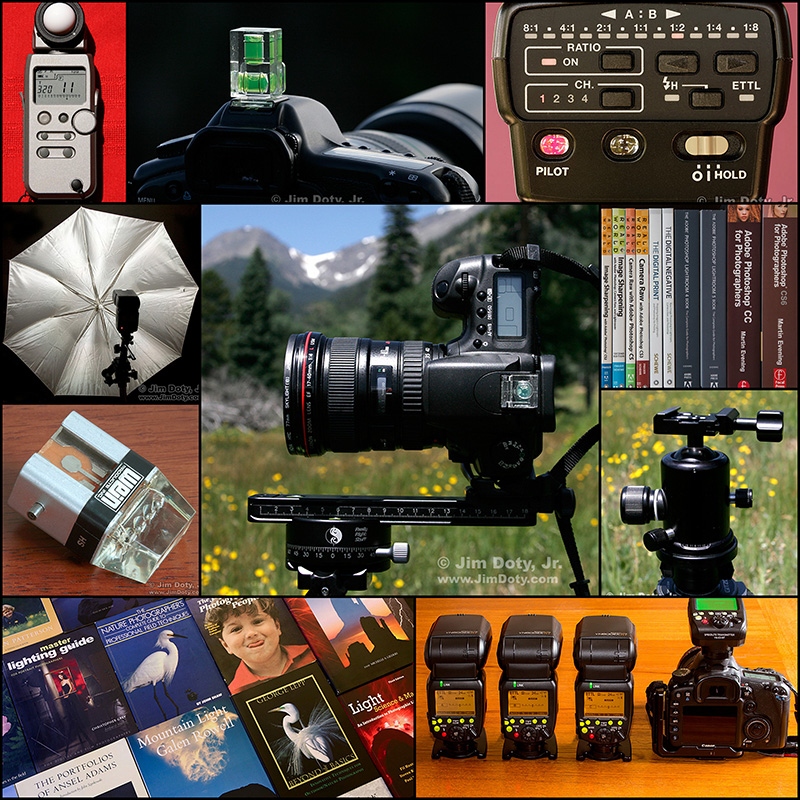 Welcome to my online buying guide for photographers. With over 75 articles it is one of the most comprehensive buyer’s guides on the web.
Welcome to my online buying guide for photographers. With over 75 articles it is one of the most comprehensive buyer’s guides on the web.
I get lots of photo questions, and many of them begin with “What is the best . . . .” They usually come from photographers or someone who is shopping for a photographer.
My “best of the best” series recommends the best photo gear, accessories, software, books, DVDs, online photo labs, and a whole lot more. Thanks to the information in these articles I get emails from photographers thanking me for saving them time, frustration, and a lot of money.
Thinking about a photography trip to one or more U.S. national parks this winter? You can benefit from the work I have done. Some national parks look better in the winter than others. You will want to make them a priority. After you read this article I recommend you also read the companion article: The Best National Parks to Photograph in Winter.
Originally posted January 17, 2017. Updated and re-posted December 26, 2020.
COVID-19 Travel Alert. Now is not the best time to be traveling in the United States. While photography inside a national park is relatively safe so long as you stay 10 feet away from other people, travel to a national park can involve a number of health risks. Be sure to check the CDC travel advice, and check the web site for any national park you intend to visit for any park related COVID-19 closures or restrictions.
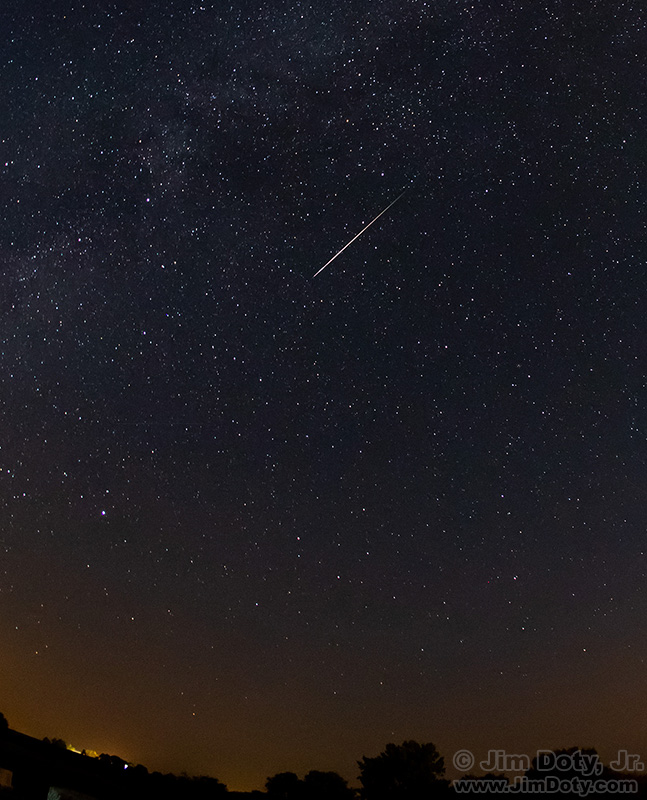
Perseid Meteor photographed from Rose Hill Cemetery west of Lamoni, Iowa. 4:55 am CDT, August 13, 2018. Cropped from the original image.
Tonight (Dec 13-14) is the night of the Geminid Meteor Shower. This article will tell you what you need to know to photograph what could be the best meteor shower of 2020.
Cold and snow can cause a lot of damage to your camera gear. Something as simple as shooting outside and taking your camera inside your house or car can cause hidden damage that won’t show up until days or weeks later. The simple steps in this article could save you hundreds of dollars in repair bills.
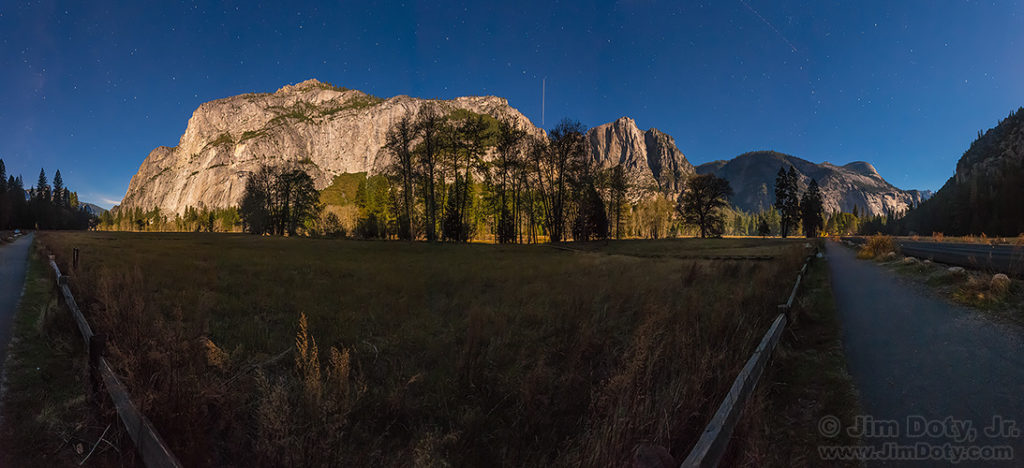
Really Right Stuff makes an excellent, simple to use panorama set up that won’t take up a lot of room in your camera bag. After using bigger, more awkward panorama gear, switching to Really Right Stuff’s set up was like being in panorama heaven. It is compatible with the Arca-Swiss-System.
“Celebrate What’s Right With the World!” with Dewitt Jones. This video is great!
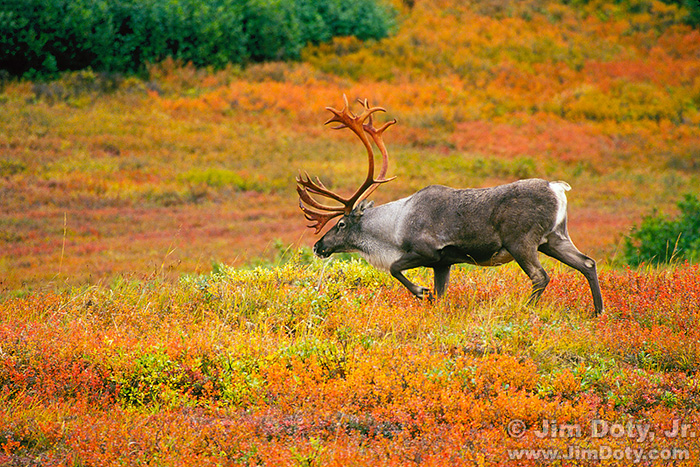
Thirty plus years go, when Mike Baroli (my favorite camera store rep) told me I “had to go” to my first photography seminar, I signed up, paid my $25 for the evening seminar and went to see Ernst Wildi. I was blown away.
I finally found an excellent series of photography lessons on video to complement my book, Digital Photography Exposure for Dummies, and it is by Joel Sartore, a world class photographer for National Geographic. He does stunning photography in amazing situations all around the world. You can see some of his work in the galleries at his web site.
Photography DVDs can inspire your photography, give you new ideas, and teach you new skills and techniques. These are my favorites.
There are a lot of photography magazines out there but some are clearly better, more accurate, more useful, and with better images. The magazines that follow are, from my point of view, the best of the best photo magazines.
Two essential and challenging Photoshop skills are Masking and Compositing. Fortunately for all of us out in Photoshop land, Katrin Eismann (along with Sean Duggan and James Porto) have written a masterful book on developing these skills, Photoshop Masking & Compositing (2nd edition).
Katrin Eismann is a world class expert on photo retouching. She is one of the best of the best. In 2005 she was inducted into the Photoshop Hall of Fame. Anything she writes should be high on your reading list if you are serious about making the most of your Photoshop skills.
Everything you need to know about Dan Margulis is in Mastering Photoshop: Advanced Color Correction, Part One. After you have devoured the book I recommend in that article, you will know why you need to get Photoshop LAB Color: The Canyon Conundrum and Other Adventures in the Most Powerful Colorspace (2nd edition).